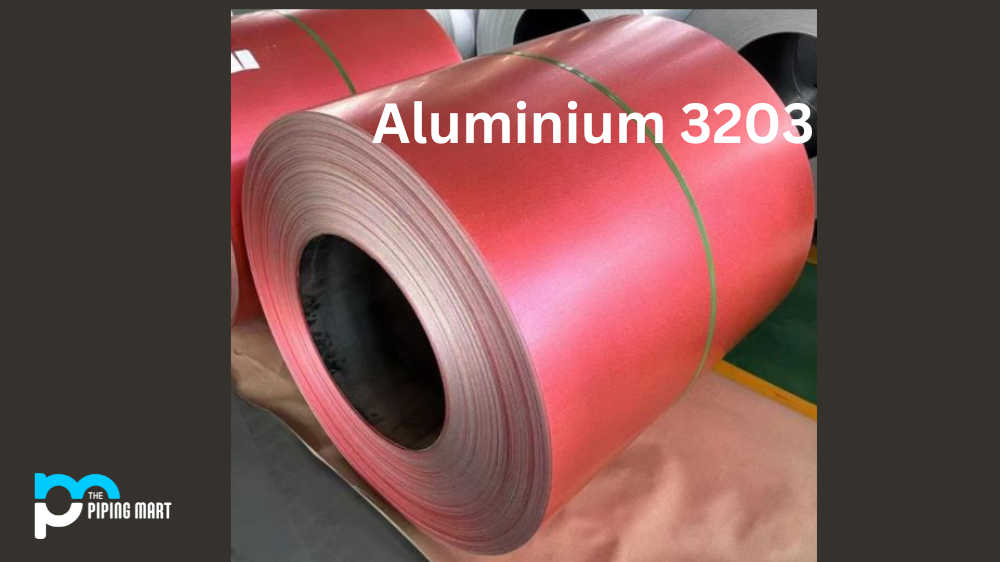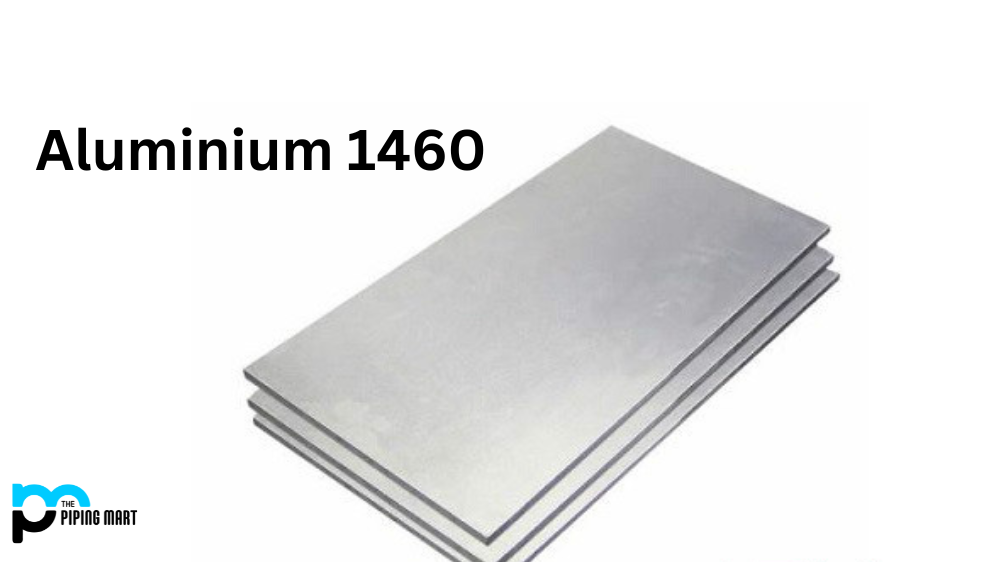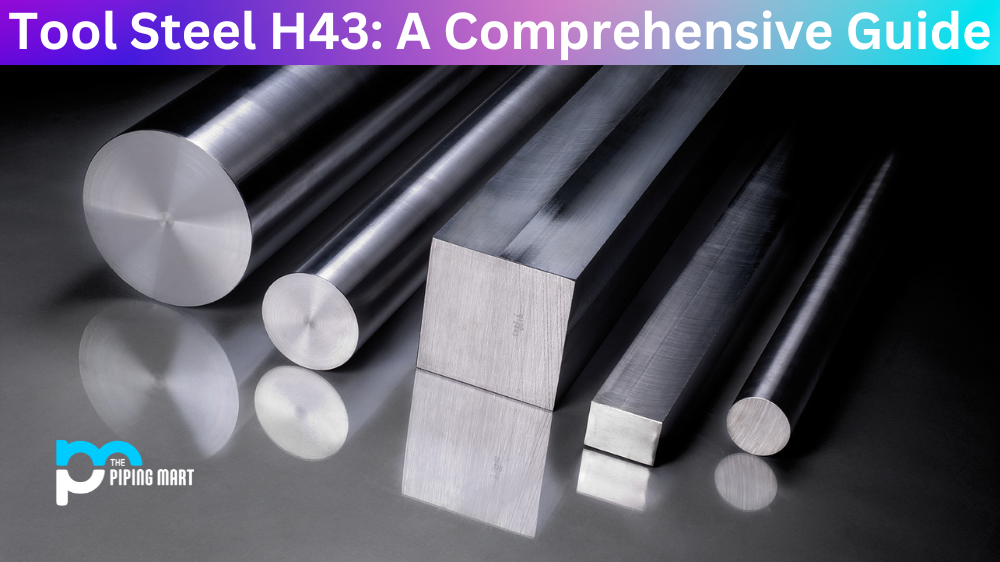Aluminum alloys are powerful, durable, and versatile materials. They can be found in various applications ranging from aerospace engineering to architectural design. One such aluminium alloy is Aluminum 3203, which is an alloy composed of 3% manganese and 2% copper. Let’s explore the composition, mechanical properties, physical properties, uses, corrosion resistance, heat resistance, heat treatment, machining and welding of Aluminium 3203.
3203 Aluminium Composition
Al 3203 is composed of approximately 95% aluminium and 5% other metals, including manganese (3%) and copper (2%). The combination of these elements creates a strong yet lightweight material that is highly resistant to corrosion and wear. It also has excellent thermal conductivity due to its high copper content.
| 96.9 to 99 | ||
| 1.0 to 1.5 | ||
| 0 to 0.7 | ||
| 0 to 0.6 | ||
| 0 to 0.1 | ||
| 0 to 0.050 | ||
| 0 to 0.15 |
3203 Aluminium Mechanical Properties
Grade 3203 offers a high strength-to-weight ratio compared to other aluminum alloys. It has a tensile strength of up to 200 MPa (29 ksi) with a yield strength of up to 160 MPa (23 ksi). Additionally, its elongation at break is around 10%. This makes it an ideal material for applications that require extra durability without sacrificing weight.
3203 Aluminium Physical Properties
The physical properties of Alloy 3203 include its density (2.7 g/cm³), electrical resistivity (0.056 microhm-cm), thermal conductivity (170 W/mK), thermal expansion coefficient (25 x 10⁻⁶ /K), modulus of elasticity (71 GPa) and Poisson’s ratio (0.33). These impressive physical properties make it suitable for use in cold and hot climates without compromising performance or durability.
3203 Aluminium Uses
3203 Alloy is used in a variety of applications due to its superior strength-to-weight ratio and corrosion resistance. Its primary uses include automotive components such as chassis parts and engine covers; aerospace components such as aircraft frames; electrical components such as circuit boards; medical equipment; food processing equipment; marine parts; and home appliances.
Corrosion Resistance
Due to its high manganese content, Aluminum 3203 offers superior corrosion resistance compared to other aluminium alloys. It can withstand exposure to salt water for long periods without showing any signs of degradation or failure due to rusting or pitting caused by salt water exposure or other environmental corrosive elements.
Heat Resistance
Aluminum 3203 can withstand temperatures up to 600°F before showing signs of degradation or failure due to overheating or melting away from excessive heat exposure over time when subjected in extreme conditions such as welding or soldering operations where temperatures are higher than normal usage operations demands – this makes it ideal for industrial use where high-temperature environments are present during production processes that require these materials’ special characteristics like welding capabilities etc.
Heat Treatment
Aluminium 3203 can be heat treated using annealing techniques which involve heating the material until it melts, then cooling it down slowly at a controlled rate while maintaining constant temperature throughout the process – this helps strengthen the metal structure by relieving stress points on it, thus making it more ductile & malleable but still retaining most of its original hardness & strength – this should always be done with caution since improper heat treatments can lead too sudden & drastic changes in the metal structure leading too quicker fatigue cycles & shorter lifespan overall so consulting with experienced professionals in the field before conducting any operations involving heat treatments is advised.
Machining
Machining Aluminium 3203 requires specialized cutting tools due to its relatively hard structure, which means that traditional methods might not work efficiently with this particular alloy – so proper tool selection will be essential when working with this material in order to achieve desired results – proper cutting speeds should also be taken into consideration since higher speeds will result in better performance but also increases risk for premature tool wear & tear.
Welding
Welding Aluminum 3203 requires careful preparation before starting any welding operations since improper preheating processes may lead too undesired results like embrittlement which could lead to cracking along weld joints if not properly managed – use low hydrogen electrodes along with flux cored wire when welding this particular alloy since they provide better penetration than solid wires do – furthermore always remember that post weld stress relief should be done immediately after finishing any welding projects involving this alloy since heat treatable grades like Al3203 tend too suffer more significant stress-related deformations than non-heat treatable grades do.
Conclusion
Overall, Al320 3is an excellent choice for many different types of projects due too its great combination between strength, durability, lightness & good corrosion resistance – although care must be taken when working with this particular alloy since wrong approaches might lead too undesired results – when handled correctly though, this alloy provides great value & performance no matter what type project you’re working on.
Meet Heer, a dynamic and driven writer learning tricks of her trade in the metal industry. With a background in Digital Marketing, Heer brings a unique perspective to her writing, sharing valuable insights. Apart from blogging she like reading and hiking.




